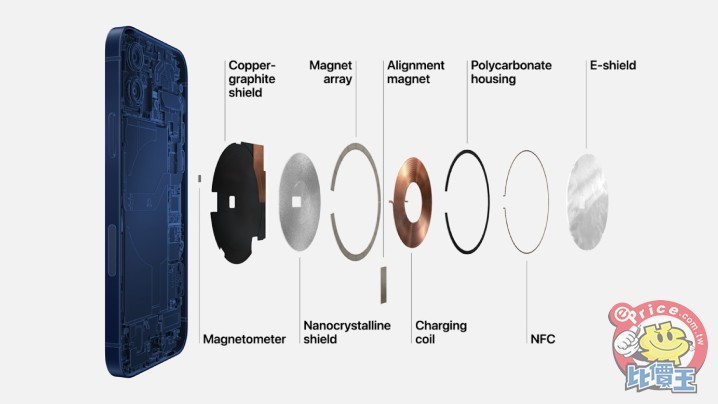The European Union has been trying to promote a unified charging port for the past ten years. This Thursday the European Parliament is preparing to propose legislation again to determine the unified specification and positioning of USB Type-C, so as to reduce the number of charging devices that need to be eliminated when changing mobile phones. Apple will suffer the most, except In addition to expressing objections to the European Parliament’s proposal, the non-porous iPhone, which has always been heard, may also appear early.
There was a period of time in the mobile phone market that the charging ports were independent. As long as you change the brand or even just a different model, you may have to buy a new charger. Until the USB becomes the mainstream of the market, basically the chargers can be shared with each other, except Apple still uses Lightning’s exclusive specifications have the greatest impact. Apple responded that this proposal would stifle innovation and cause Lightning users to re-purchase charging equipment, which would instead create more e-waste.
Apple’s peripheral devices have a set of MFi (Made For iDevices) system. Third-party accessory vendors need to pass Apple’s certification to obtain the label, so that Apple can charge licensing fees and also control the standards of peripheral accessories, so it may also be Apple Even if I started to import USB Type-C in the iPad series, I was reluctant to give up the reason for the Lightning transmission port.

▲ Apple maintains the standardization of its surroundings through MFi certification, and at the same time, it also charges manufacturers an authorization fee through certification.
In addition, this proposal does not include wireless charging in the scope of standardization. Although iPhone wireless charging is compatible with the qi wireless charging standard, the charging power of 7.5W is still not as good as MagSafe’s 15W. In addition, the MagSafe standard is still held in Apple’s hand and can continue to pass. MFi charges license fees from peripheral manufacturers, so Apple’s MagSafe wireless charging may become a loophole in this proposal.

Although MagSafe is still slower than wired charging, the power of wireless charging has grown rapidly in recent years, and MagSafe can maintain MFi certification. Analyst Ming-Chi Kuo said that Apple will not abandon Lightning in the foreseeable future. Make the iPhone non-porous directly and use MagSafe as the charging method. However, if MagSafe becomes a strong charging standard again, we may see the charging standard war unfolding again.

Sources cited: Reuters, The Verge
.
